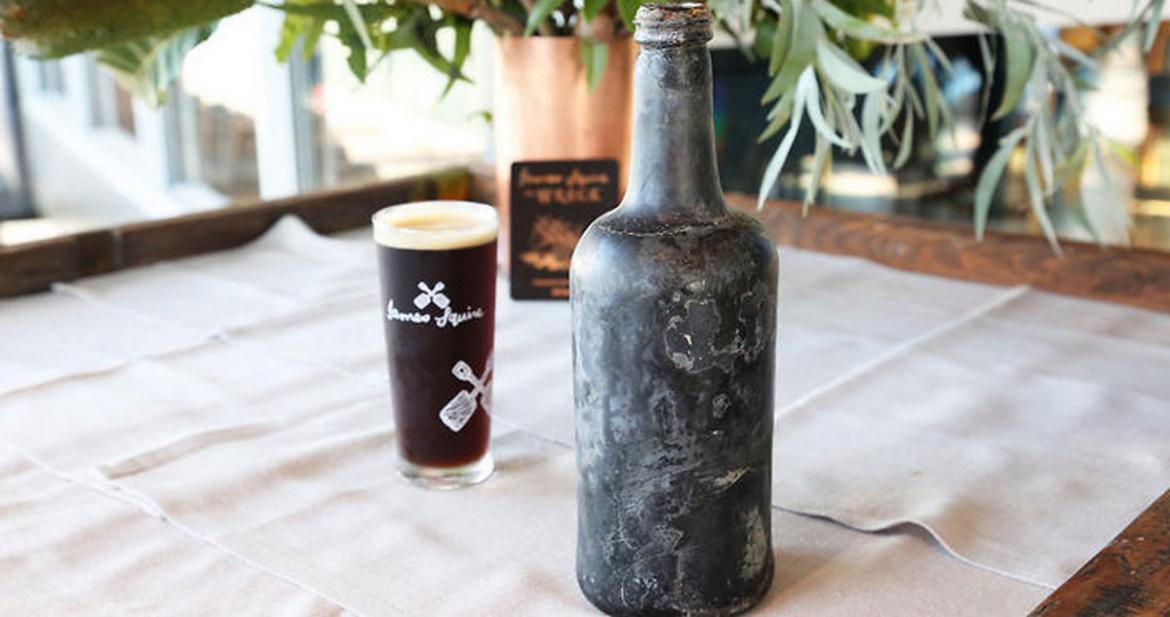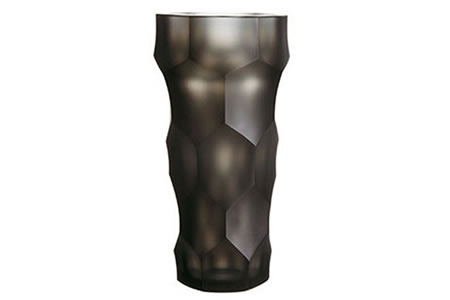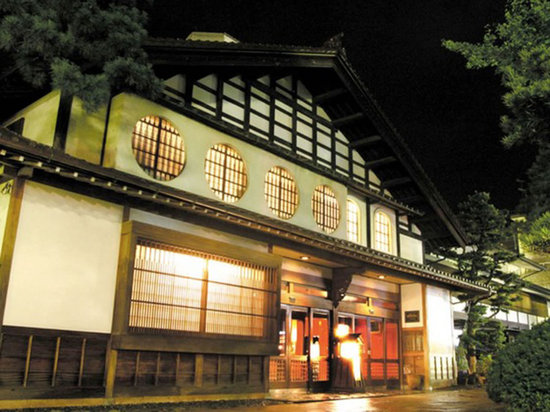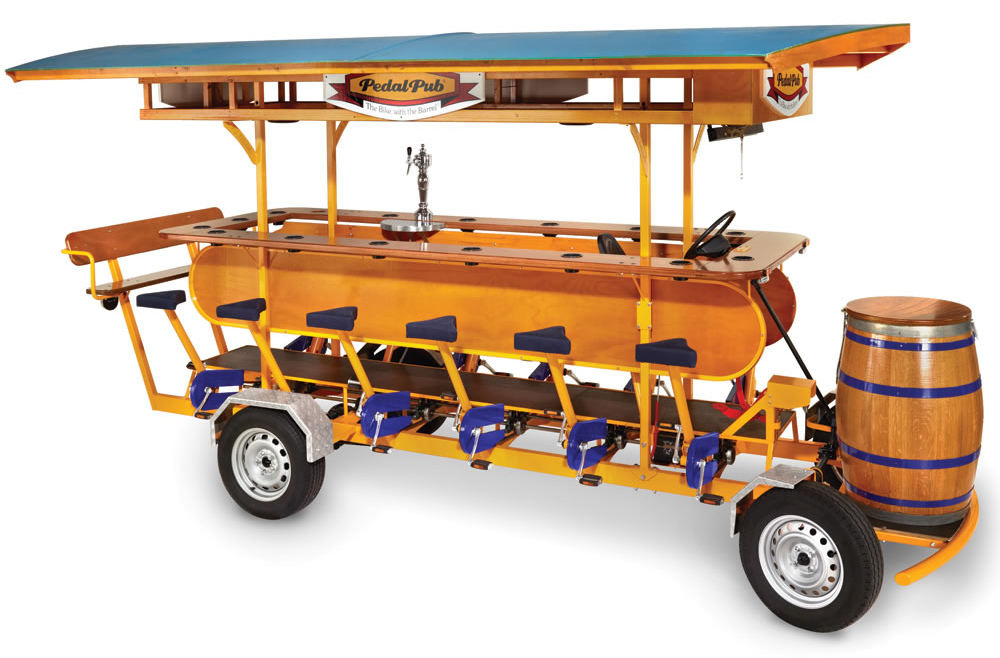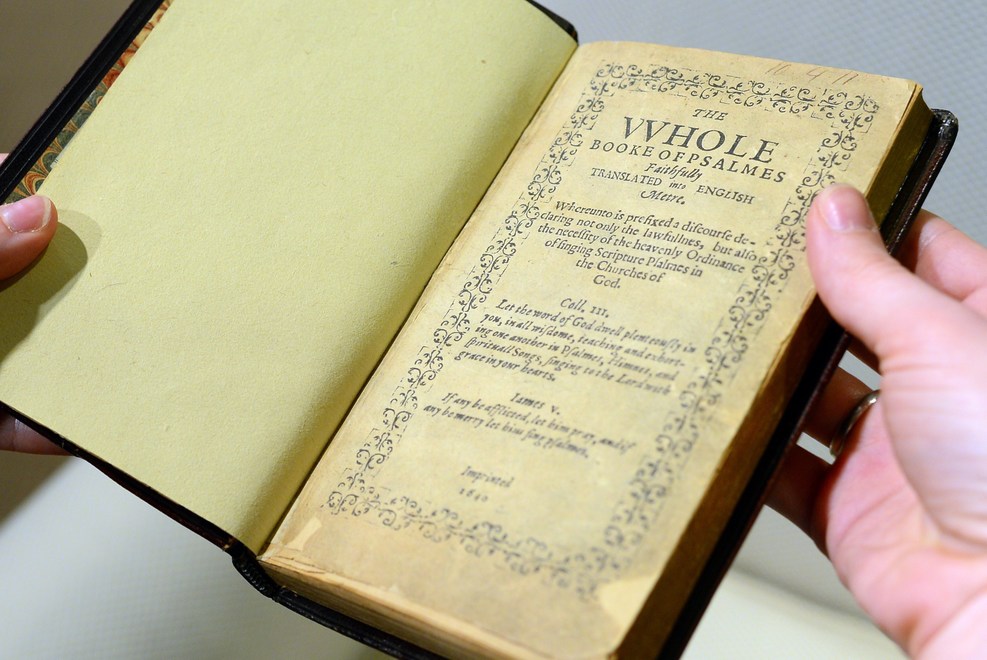We’ve all heard of old wine and probably savored few of its well-aged varieties in our lifetime. But how about we gave ancient beer a chance for once? While you may write-off our idea as down-right weird, a team of researchers in Australia have recently created a concoction from yeast found in a 220-year-old beer bottle and its anything but disgusting!
The new ale is brewed using an agent that was in the hold of the Sydney Cove wreck during excavations by marine archaeologists in the 1990s. As per reports, the shipping wreckage took place in 1797 on Preservation Island, north of Tasmania, during a commercial voyage from Calcutta to Port Jackson. The remnants of the incident included bottles of premium beer which were being exported from England for military officers at Port Jackson. Using the yeast microbes found in one of the excavated decanters, an international team of researchers led by David Thurrowgood (a conservator and chemist at the Queen Victoria Museum at Launceston in Tasmania) have now created a brand-new ale for connoisseurs to sample.
Named ‘Preservation Ale’, the beer is crafted using an 18-year old recipe and is said to have a “mild-tasting and distinct flavor.” As also stated by Thurrowgood, “It (the Preservation Ale) has got quite a sweet taste — some people have described it as almost a cider or fresh taste — which has come from the yeast.” It is currently available in limited quantities at James Squires brew houses as well as the Queen Victoria Museum & Art Gallery in Launceston, Tasmania.
[ViA:Dmarge]
